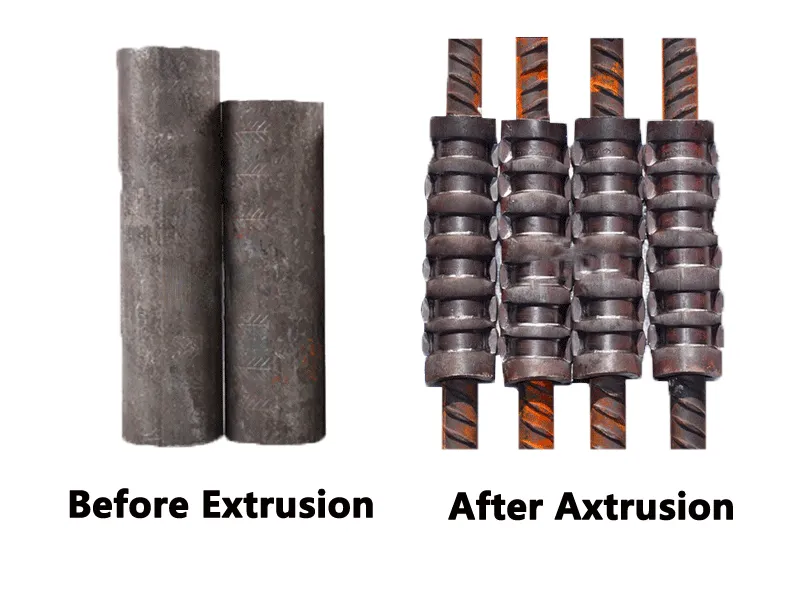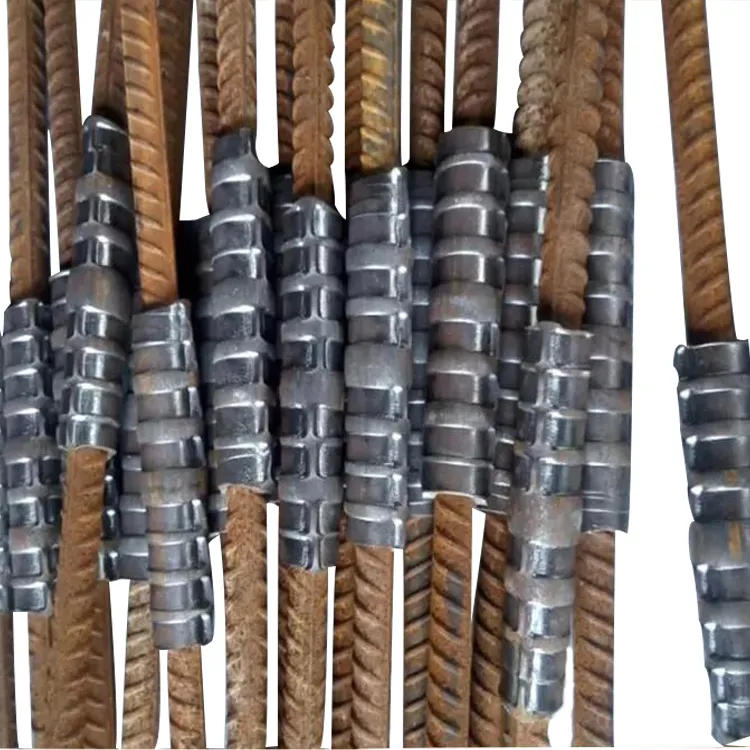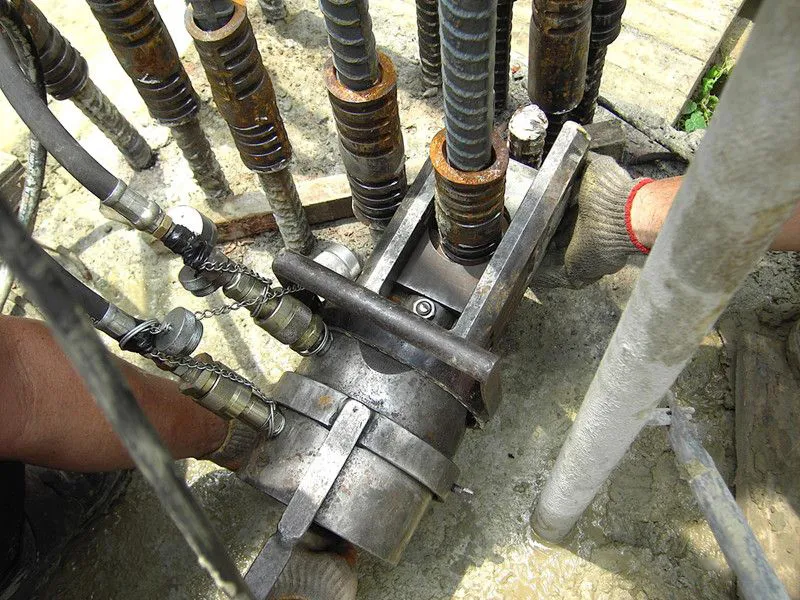Products Description
I. Product Introduction
The cold extrusion sleeve is a core component for mechanical steel bar connection, specifically designed for reliable steel bar splicing in construction projects. It achieves tight engagement between the steel bar and the sleeve through a cold extrusion process, forming a high-strength connection joint. Manufactured from high-quality low-carbon alloy structural steel with precision machining, the inner wall of the sleeve is equipped with anti-slip grooves. Under the external force of specialized extrusion equipment, the sleeve undergoes plastic deformation and firmly interlocks with the transverse and longitudinal ribs on the steel bar surface, ultimately forming a connection joint with strength equal to or higher than that of the original steel bar.
This product boasts three core advantages:
Stable mechanical properties: The tensile strength and yield strength of the connection joint fully comply with the requirements of China's national standard Technical Code for Mechanical Splicing of Steel Bars (JGJ107). It exhibits excellent fatigue resistance and seismic performance, enabling adaptation to long-term loads and complex stress environments.
Convenient and efficient construction: No on-site welding or binding is required—operation is completed solely with an extruder. It is not affected by harsh weather such as high temperatures, rain, and snow, significantly shortening the construction period.
Outstanding cost-effectiveness: Compared with traditional welding connections, it reduces steel bar waste (no need to reserve welding length). Additionally, the construction process involves no open flames or smoke, meeting green construction standards while minimizing safety hazards and environmental costs.
II. Product Applications
Cold extrusion sleeves are widely used in various construction projects, particularly in scenarios requiring high steel bar connection strength and construction efficiency. Their main applications include:
High-rise and super high-rise buildings: Used for longitudinal steel bar connection in key structures such as shear walls, frame columns, and core tubes. It addresses the challenge of splicing large-diameter steel bars (usually ≥20mm) in high-rise buildings, ensuring stable force transmission in vertical structures.
Bridge and municipal engineering: Suitable for steel bar connection in bridge precast beams, piers, cap beams, as well as subway tunnel segments and comprehensive utility tunnels. It can withstand dynamic loads and vibration impacts, meeting the durability requirements for long-term bridge service.
Rail transit engineering: Applied for reliable transverse and longitudinal steel bar connection in main structures of high-speed railway platforms and subway stations. It adapts to humid underground environments and vibrations caused by train operation, safeguarding structural safety.
Large industrial plants and special engineering projects: Such as heavy machinery factories, power plant boiler foundations, and nuclear power plant auxiliary structures. It is used for splicing large-diameter steel bars (≥25mm), meeting the high load-bearing requirements of industrial buildings.
Post-disaster reconstruction and reinforcement projects: Enables rapid connection of new and existing steel bars during building structure repair and reinforcement, without damaging the original structure. This improves reinforcement efficiency and the integrity of the structure after repair.





